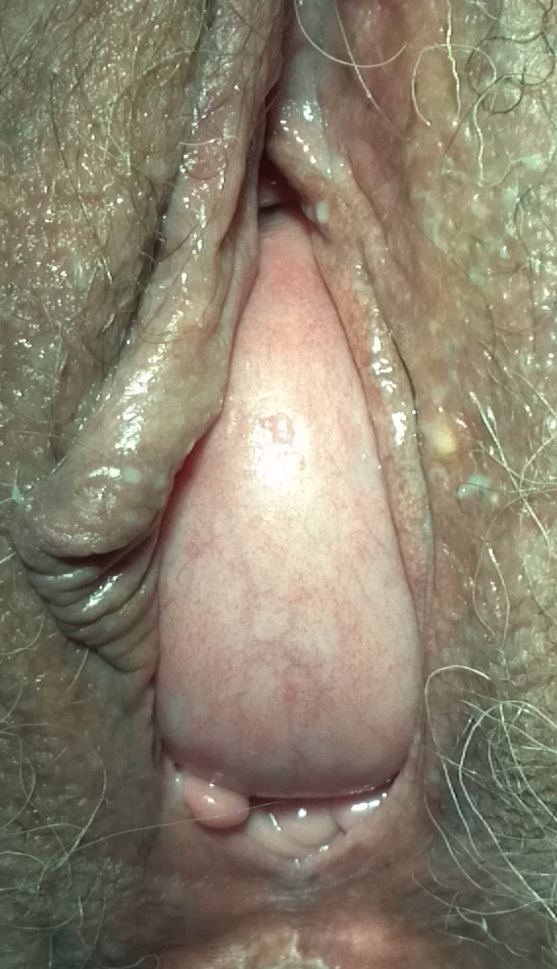Specialty urology ICD-9-CM 618.01-618.02 MeSH D052858 | ICD-10 N81.1 DiseasesDB 3391 | |
 | ||
A cystocele (/ˈsɪstəsiːl/ SIS-tə-seel) is a medical condition that occurs when the tough fibrous wall between a woman's bladder and her vagina (the pubocervical fascia) is torn by childbirth, allowing the bladder to herniate into the vagina. Urethroceles often occur with cystoceles.
Contents
Presentation
This condition may cause discomfort and problems with emptying the bladder. The elastic tissues of the vagina may compensate for this tear for some time after the injury occurs. Because the hormone estrogen helps keep the elastic tissues around the vagina strong, a cystocele may not occur until menopause, when levels of estrogen decrease.
There are no muscles around the vagina, except the bulbocavernosus muscles at the entrance to the vagina. The levator muscle passes around the vagina and the rectum and inserts into the levator plate, which can elevate rectum, the vagina and the bladder neck together. It is this muscle that is exercised by Kegel exercises. Elevation of the levator plate may partially compensate for the herniation.
A bladder that has dropped from its normal position may cause two kinds of problems: unwanted urine leakage and incomplete emptying of the bladder. The pubocervical fascia provides back support to the mid urethra, allowing compression when abdominal pressure is increased. This prevents urine loss with sudden increases in pressure, as with coughs, sneezes, laughs, or moves in any way that puts pressure on the bladder. If this compression is lost by tissue tears, then stress incontinence results.
If the base of the bladder herniates, then urine will sump down into the inside of the hernia, and bladder emptying will be impaired.
Classification
A cystocele is mild (grade 1) when the bladder droops only a short way into the vagina. With more severe (grade 2) cystocele, the bladder sinks far enough to reach the opening of the vagina. The most advanced (grade 3) cystocele occurs when the bladder bulges out through the opening of the vagina.
A doctor may be able to diagnose a grade 2 or 3 cystocele from a description of symptoms and from physical examination of the vagina because the fallen part of the bladder will be visible.
Diagnosis
In more complex instances, additional testing will be requested. A voiding cystourethrogram is a test that involves taking x-rays of the bladder during urination. This x-ray shows the shape of the bladder and lets the doctor see any problems that might block the normal flow of urine. Other tests may be needed to find or rule out problems in other parts of the urinary system.
Treatment
Treatment options range from no treatment for a mild cystocele to surgery for a serious cystocele. If a cystocele is not bothersome, the doctor may only recommend avoiding heavy lifting or straining that could cause the cystocele to worsen. If symptoms are moderately bothersome, the doctor may recommend a pessary, a device placed in the vagina to hold the bladder in place. Pessaries come in a variety of shapes and sizes to allow the doctor to find the most comfortable fit for the patient. Pessaries must be removed regularly to avoid infection or ulcers.
Large cystoceles may require surgery to move the bladder back into a more normal position and keep it there. This operation may be performed by a gynecologist, urologist or urogynecologist.
